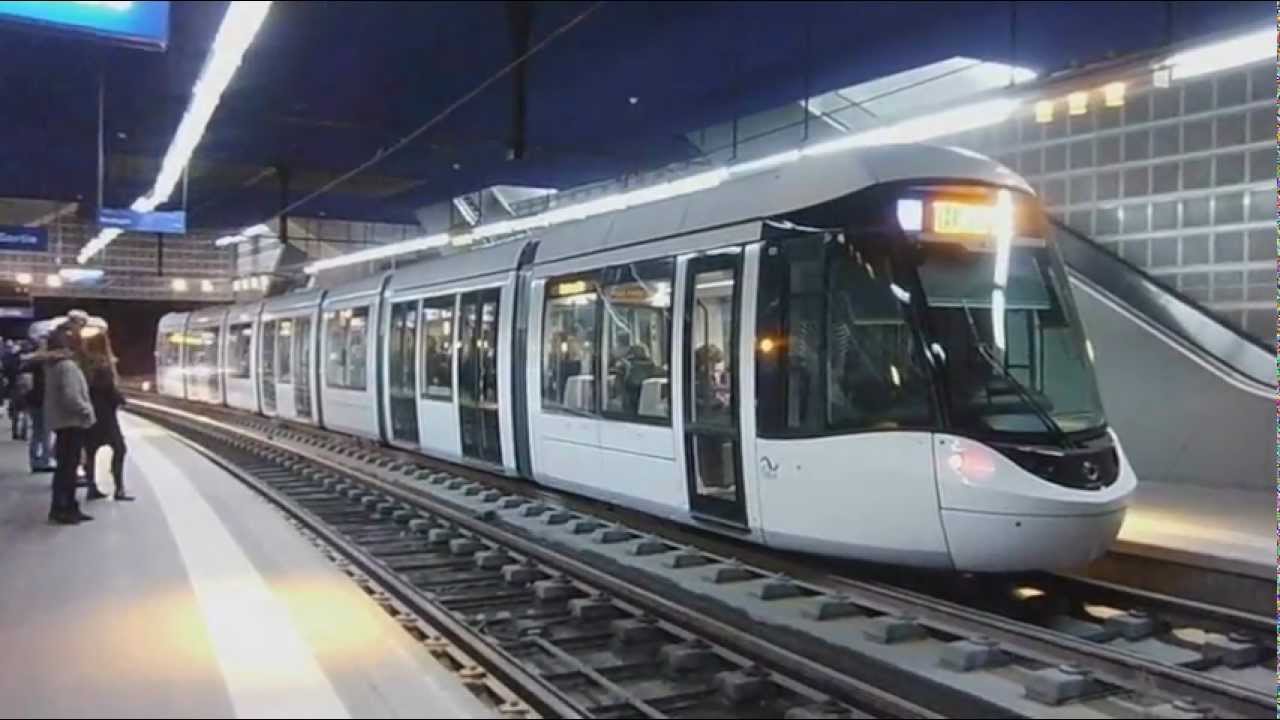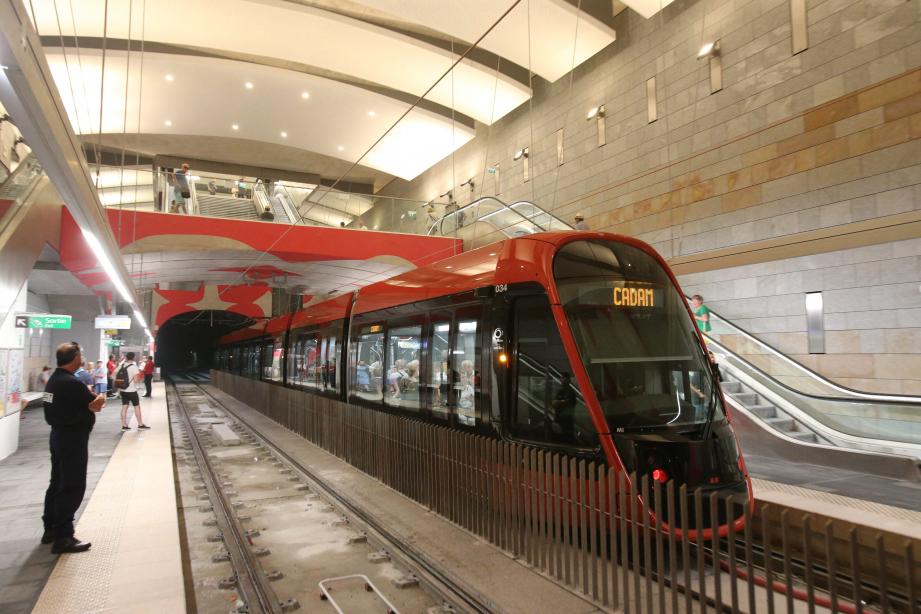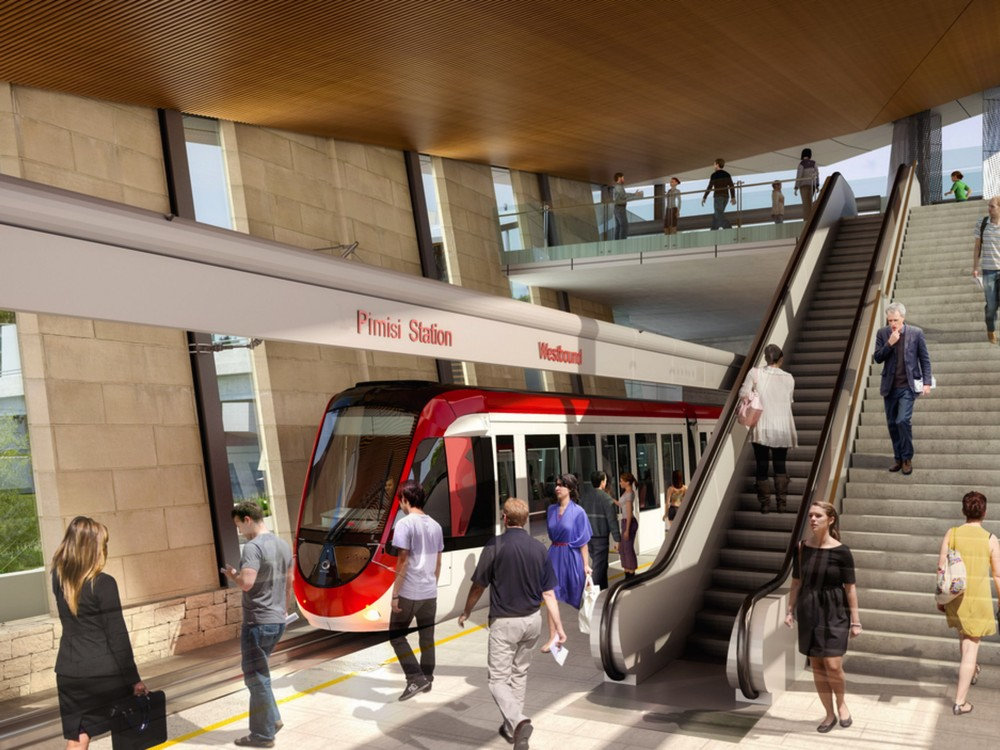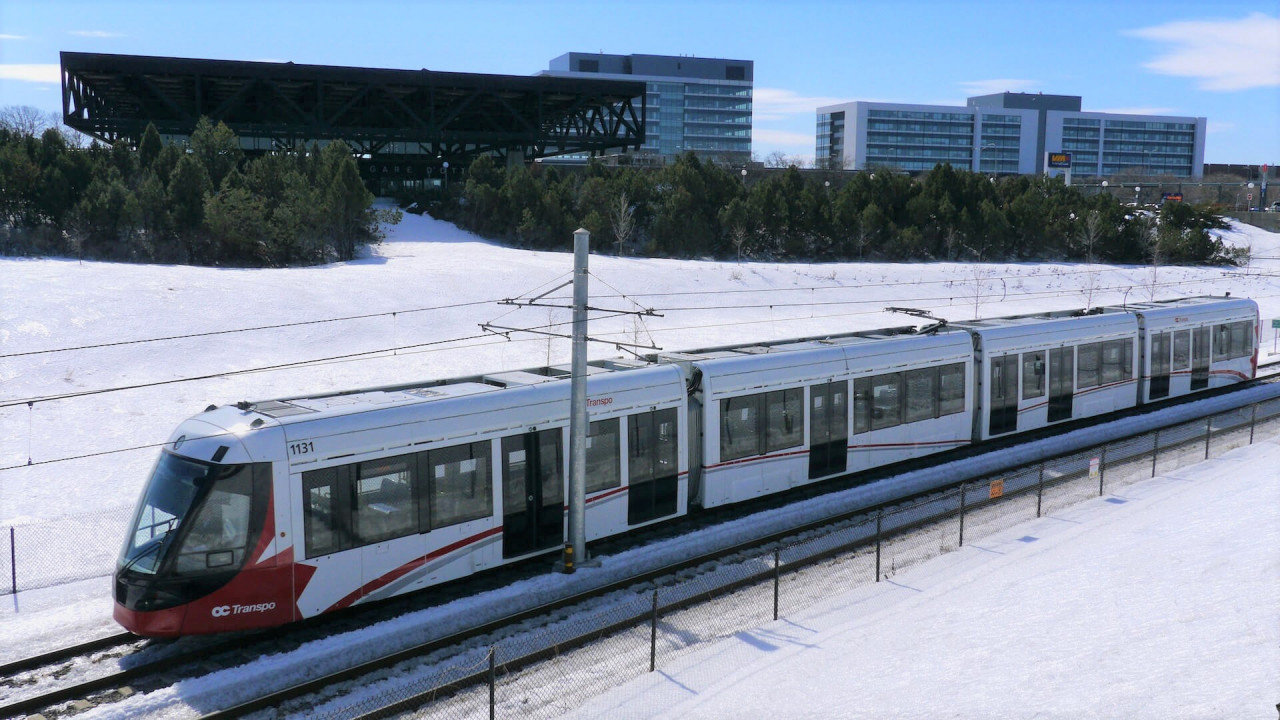So I thought it would be a good idea if we made a thread about the trains themselves. It would make the Confederation Line thread more readable and less charged.
As you must already know, Citadis Spirits are the North American adaptation of the world famous Citadis line of trams/LRV that operates around the world. I found it interesting if we take a look a the issues those trams/LRVs faced in their recent history and try to see if we can find somekind of correlation between incidents and breakdowns:
Classic Citadis (class 100 to 400):

 Years of service:
Years of service: 2001 to now
Major cities where it operates: Paris, Sydney, Dubai, Alger, Tunis, Casablanca, Rio De Janeiro, Brasilia, Shanghai, Jerusalem, Istanbul, Melbourne, Dublin, Moscow, Lyon, Toulouse, Strasbourg, St Petersburg.
Coldest City where it operates : St-Petersburg, Moscow, Grenoble (not very cold but very snowy).
Power supply options : Catenary (600v DC or 750v DC), Central third rail, Battery
Max operating Speed : 80km/h
Systems where its operated similarly to Ottawa: Rouen, Strasbourg (Underground portion)
Major Breakdowns, issues and faults:
Strasbourg - Several cases of bolts coming of the Boogie of the trains and triggering the emergency brake system making the train not operational. Similar cases happened in some cities.
- Bordeaux - Bordeaux was the first city to use the Central third rail technology. At the beginning of operations water accumulation over the rail would cause trains to loose power and stall or operate a very slow speeds.
Other minor incidents happen once in a while. The biggest factor of breakdowns for these trains are actually car crashes.
On a side note Citadis Trains are known in Europe for their saggy suspensions and vibrations when the train picks up speed. Issue that was apparently resolved with the new generation of Citadis.
New Generation Citadis (class X05 - or 500):
 Years in service:
Years in service: 2016 to now
Major Cities where it operates : Nice, Dublin, Sydney, Athens, Paris, Lyon
Coldest City where it Operates : Lyon, Dublin
Power supply options : Catenary (750v DC), Central third rail, Rechargeable battery system (SRS - Static Recharge System)
Max Operating Speed: 70km/h
System where its operated similarly to Ottawa : Nice (underground section)
Major Breakdowns, issues and faults:
Nice - The SRS system that recharges the batteries of the train isn't perfect. Since the train has the relie on battery power between stations, the power output os limited making train run much more slowly (40km/h MAX). If the train can't make it to the station in time the system will automatically lunch into energy saving mode making the train crowl at very minimal speed to the next station.
Regio Citadis LRVs: These trains use the same door and window layout to our Spirits

 Years in Service :
Years in Service : 2005 to now
Major Cities where it operates : The Hague, Cassel, Frankfurt
Coldest City where it operates : Cassel
Power supply options: Catenary (750v DC), Diesel Hybrid options (Cassel)
Max operating Speed : 100km/h
Systems where It's operated similarly to Ottawa : The Hague (operated like a metro), Cassel (operated like a regional rail)
Major Breakdowns issues and faults : Negligible.
Citadis Dualis LRVs: (These where the trains that Ottawa was supposed to get before Alstom came with the Spirits line of LRVs)

 Years in service
Years in service : 2013 to now
Major cities where it's operated : Lyon & Suburbs, Paris & Suburbs, Nantes & Suburbs
Coldest city where it operates: Lyon (can be pretty snowy in Winter)
Power supply options: bi-currant (1500v DC + 750v DC) or (25 000v AC + 750v DC) or Hybrid (Diesel + 750v DC)
Max operating speed : 100km/h
Systems where it's operated similarly to Ottawa: Paris (line T11 Express), most networks use it as a light commuter rail train.
Major breakdowns, issues or faults:
Lyon / Nantes - When entering in service trains had major breakdowns due to wheel blockage making the train stop brutally at any given moment. Trains where taken out of service for almost 6 months before coming back into service. No major breakdowns to be acknowledged about since.
Citadis Spirit LRVs : Ours
 Years in Service :
Years in Service : 2019 to now
Major cities where it's operated : Ottawa, Toronto (GTA)
Power supply options : 750v DC or 1500v DC (Ottawa)
Max operating speed : 110km/h
Major Breakdowns, issues or faults :
Ottawa - Door issues - when pushed or forced open doors slitely derail from their purposed alignment tricking the train computer system to think the doors are not closed, making the train not operational due to no computer override system.
Ottawa - Train onboard CBTC computer crash - making the train not operational because blind to other trains. Also high difficulty to restart the computer system when crashed.
Ottawa - Electric inductors failure - making the train loose power especially in harsh winter weather and moist climate, trains have to be towed away when it happens.
Ottawa - Flat wheel problem - faults in the wheel and braking design making the wheels wear much faster than they should be.
*Note that we're the only network using the Citadis with CBTC/ATC. All the other networks using those trains are using Block signals, Road/Tram signals and GPS location systems.



